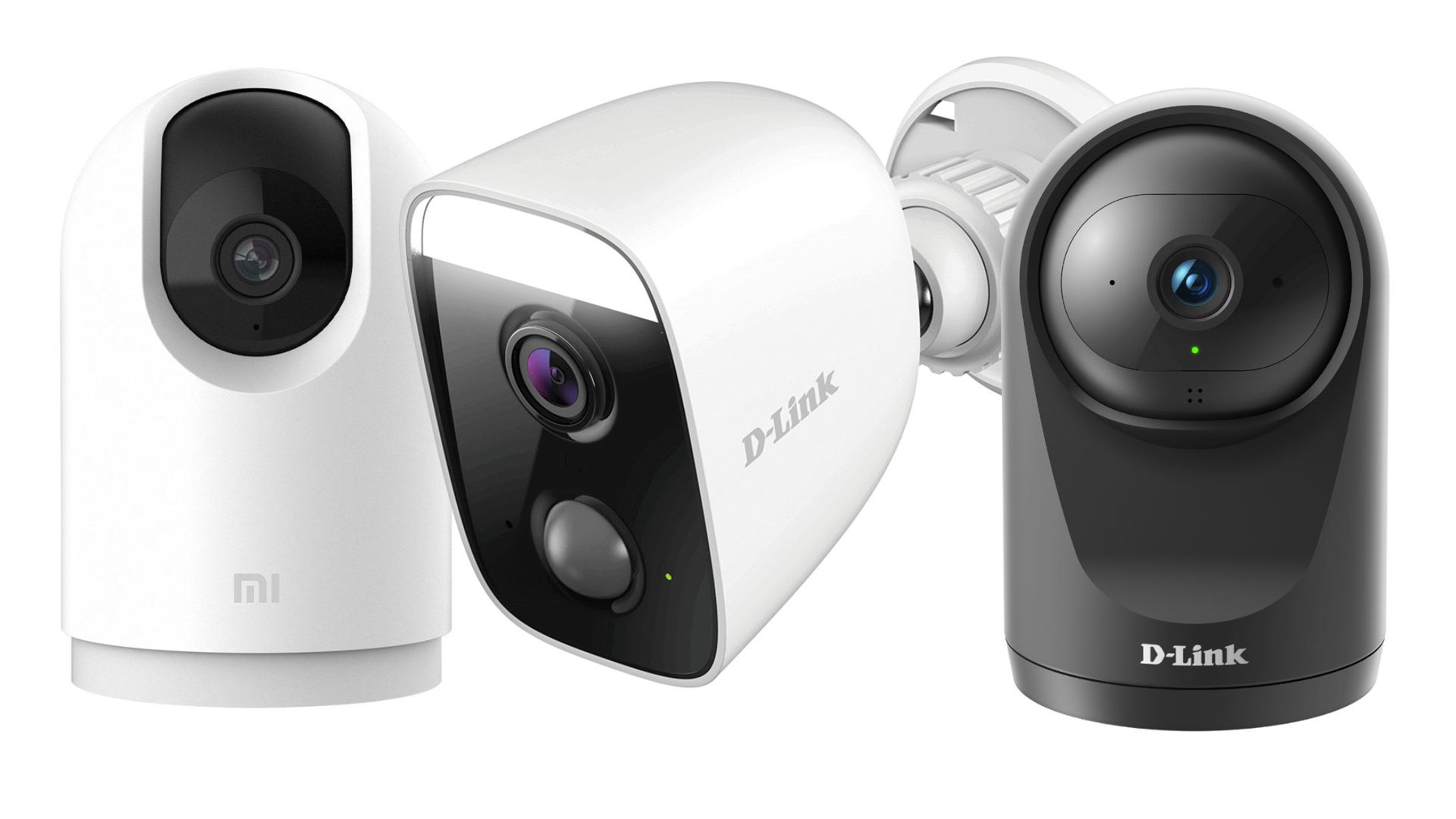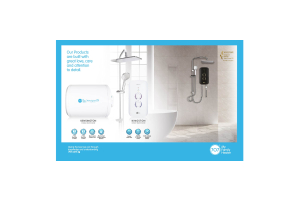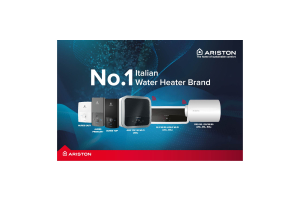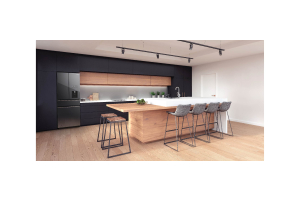Top 10 Things To Consider When Choosing The Best CCTV Camera For Your Home
Explore this essential guide to selecting the ideal CCTV camera for your home, covering the top 10 factors that ensure optimal security, performance, and peace of mind. Find the perfect surveillance solution today!
I. Understand Your Needs
Assessing your security needs before choosing a CCTV camera is essential to ensure your surveillance system is tailored to your specific requirements and provides the most effective protection for your home. Understanding your needs helps you make informed decisions about the type of cameras, features, and configurations most suitable for your property.
Reasons Why Assessing Security Needs Is Crucial
- Define your objectives
Determine what you want to achieve with your CCTV system. Some common objectives include monitoring specific areas, deterring criminal activity, protecting valuables, and ensuring the safety of family members.
- Identify potential threats
Consider the potential risks and threats to your property. These may include burglary, vandalism, or trespassing. Also, think about the crime rate in your neighborhood and any specific incidents that have occurred nearby.
- Prioritize vulnerable areas
Identify the most vulnerable areas of your property, such as doors, windows, garages, and gates. These are the entry points that intruders are most likely to target.
Tips For Identifying Areas That Require Surveillance
Tip #1: Entry points
Focus on the main entry points, such as the front and back, side, and garage doors. Placing cameras at these locations lets you capture clear images of anyone attempting to enter your property.
Tip #2: Windows
Consider installing cameras near ground-level windows or easily accessible, as these can be potential entry points for burglars.
Tip #3: Driveways and pathways
Install cameras to monitor driveways and pathways leading to your home. It can help you detect any suspicious activity or vehicles approaching your property.
Tip #4: Outdoor living spaces
Consider installing cameras to monitor these areas if you have a backyard, patio, or deck. It can help protect your outdoor belongings and provide additional security for your family.
Tip #5: Blind spots
Identify any blind spots or hidden corners around your property that could provide cover for intruders. Placing cameras in these areas ensures comprehensive surveillance coverage.
Tip #6: Perimeter
Survey the boundaries of your property, including fences, walls, and hedges. Installing cameras at these locations can help you monitor any unauthorized access attempts.
By understanding your needs and identifying the areas of your property that require surveillance, you can choose a CCTV camera system that effectively meets your security requirements and provides peace of mind.
II. Consider The Types Of CCTV Cameras
Here is a general overview of the different types of CCTV cameras and their pros and cons.
1. Dome Cameras
Dome cameras are named for their dome-shaped housing, designed to make them less obtrusive and more resistant to vandalism. These cameras are commonly used for indoor and outdoor surveillance in residential and commercial settings.
1.1. Pros
- Discreet design blends into the surroundings.
- Vandal-resistant housing protects the camera.
- The wide-angle lens provides a broad field of view.
- It can be mounted on walls or ceilings.
1.2. Cons
- Limited range of motion compared to PTZ cameras.
- Sometimes, the dome cover can cause glare or reflection issues.
2. Bullet Cameras
Bullet cameras are cylindrical and are for outdoor surveillance. They are mounted on walls or poles designed to focus on a specific area or point of interest.
2.1. Pros
- Easy to install and adjust.
- Weatherproof design for outdoor use.
- Clear images, even at long distances.
- Visible deterrent to potential intruders.
2.2. Cons
- Limited field of view compared to dome cameras.
- It can be more susceptible to vandalism or tampering.
3. PTZ (Pan-Tilt-Zoom) Cameras
PTZ cameras have motorized components that allow them to pan (rotate horizontally), tilt (rotate vertically), and zoom (adjust the lens's focal length). PTZ camera is ideal for monitoring large areas or tracking moving objects.
3.1. Pros
- It can cover a wide area with a single camera.
- The remote control allows for manual adjustments in real time.
- Preset positions and automatic patrol functions are available.
- High-quality zoom capability for detailed images.
3.2. Cons
- More expensive than other camera types.
- Requires a more complex installation process.
- It can be more susceptible to mechanical failures due to moving parts.
When choosing a CCTV camera for your home or business, consider your property's specific surveillance needs and weigh each type's pros and cons.
III. Consider Resolution And Image Quality
The resolution directs to the number of pixels that make up an image, and it's a crucial factor in determining the image quality of a CCTV camera. Higher-resolution cameras provide:
- Better image quality.
- Making it easier to identify faces.
- License plates.
Image quality is essential for the effectiveness of your CCTV camera, as it directly impacts your ability to recognize and respond to security threats.
Different Resolution Options Available At Gain City
1. 2304 x 1296 resolution
2304 x 1296 resolution CCTV cameras offer a high-definition video feed that captures crystal-clear images with sharp detail. This resolution is ideal for larger spaces, providing more pixels and greater clarity than lower resolutions. With 2304 x 1296 resolution CCTV cameras, you can enjoy a high-quality video feed that offers reliable and accurate surveillance for your home or business.
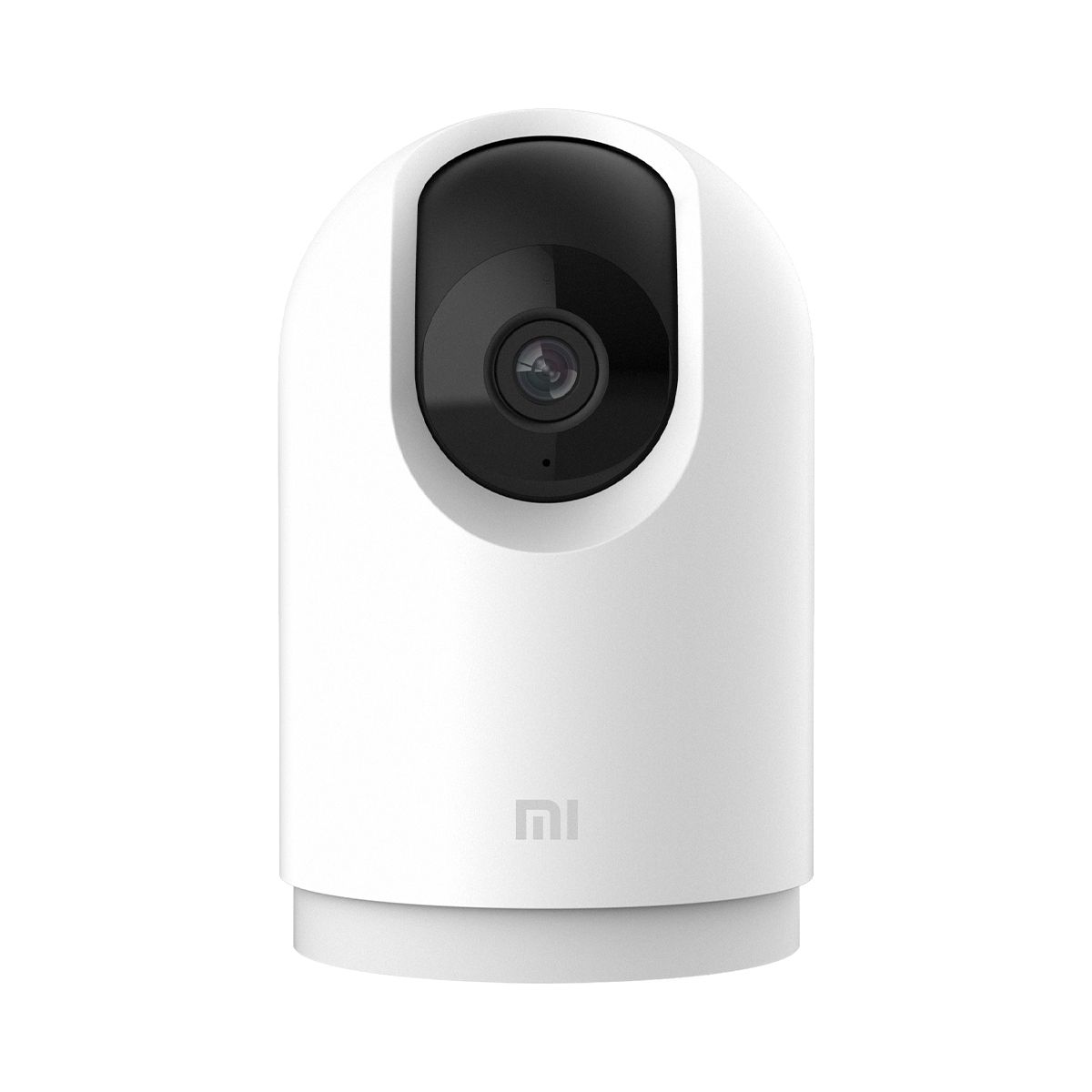
The XIAOMI 2K PRO IP CAMERA BHR4193GL is a high-resolution surveillance camera with a 2304 x 1296 pixel resolution. It features a wide-angle lens, night vision capabilities, and two-way audio communication, making it a reliable and effective option for home and business security needs.
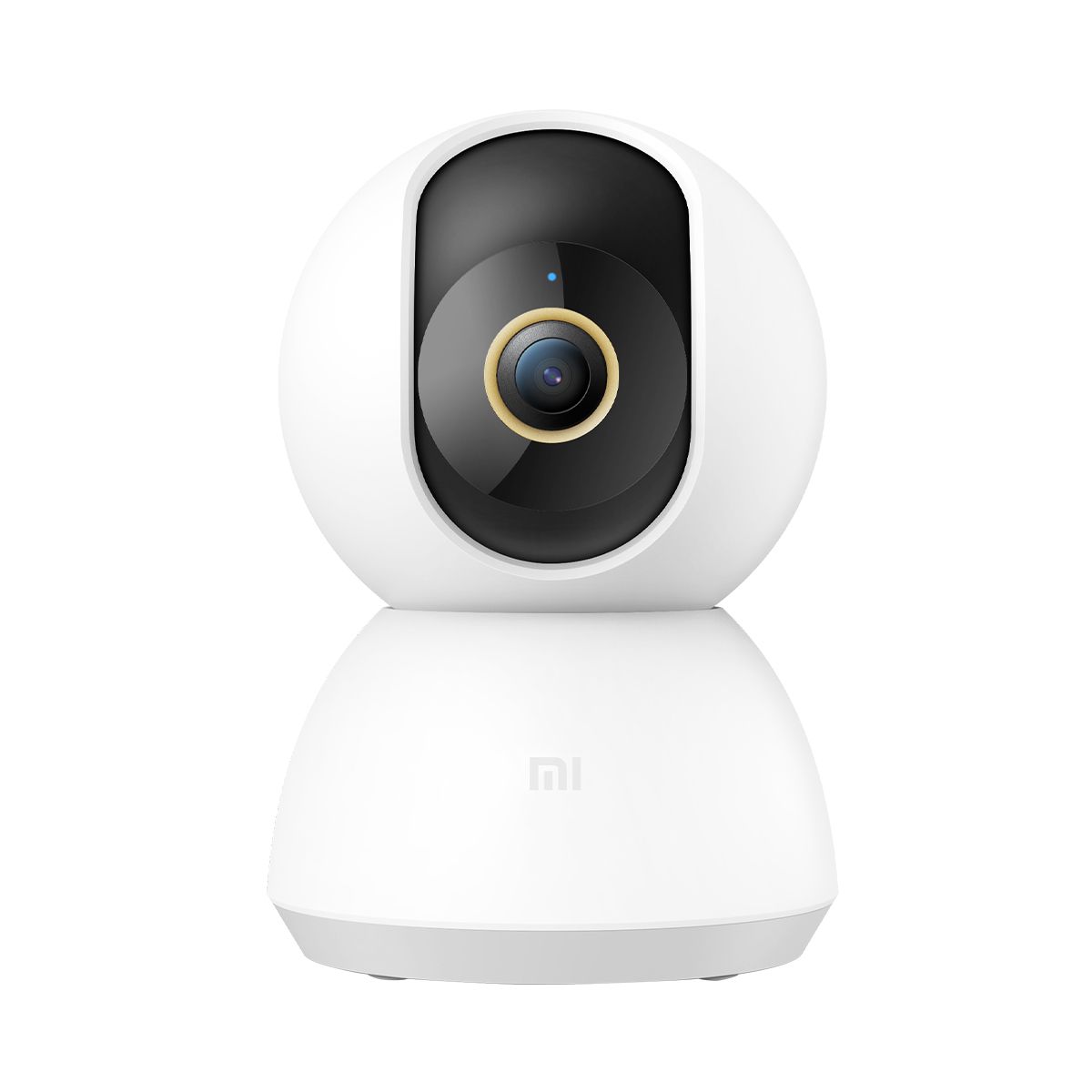
The XIAOMI 2K IP CAMERA BHR4457GL is a 360-degree home security camera with a 2304 x 1296 pixel resolution. It features advanced motion detection technology, night vision capabilities, and two-way audio communication, making it a reliable and versatile option for monitoring your home or business.
2. 1920 x 1080 resolution
1920x1080 resolution CCTV cameras provide a full high-definition video feed that captures clear, detailed images with excellent quality. This resolution is ideal for most home and business security needs, as it offers sufficient pixel density and clarity to identify faces and objects accurately.

The XIAOMI OUTDOOR IP CAMERA SET BHR4435GL is an all-in-one surveillance solution for outdoor security needs. It includes a weather-resistant camera with 1080p Full HD resolution, night vision capabilities, a wide-angle lens, a hub with built-in storage, two-way audio communication, and remote access features for convenient monitoring from anywhere.
3. 2K QHD
2K QHD (Quad High Definition) or 1440p resolution CCTV cameras provide a higher level of detail than full HD cameras, with a 2560 x 1440 pixels resolution. This level of resolution offers more pixels and clarity, making it ideal for larger spaces or areas where fine detail is critical, such as license plate recognition. With 2K QHD or 1440p resolution CCTV cameras, you can enjoy a superior video feed that provides enhanced surveillance capabilities, ensuring optimal security and protection for your home or business.
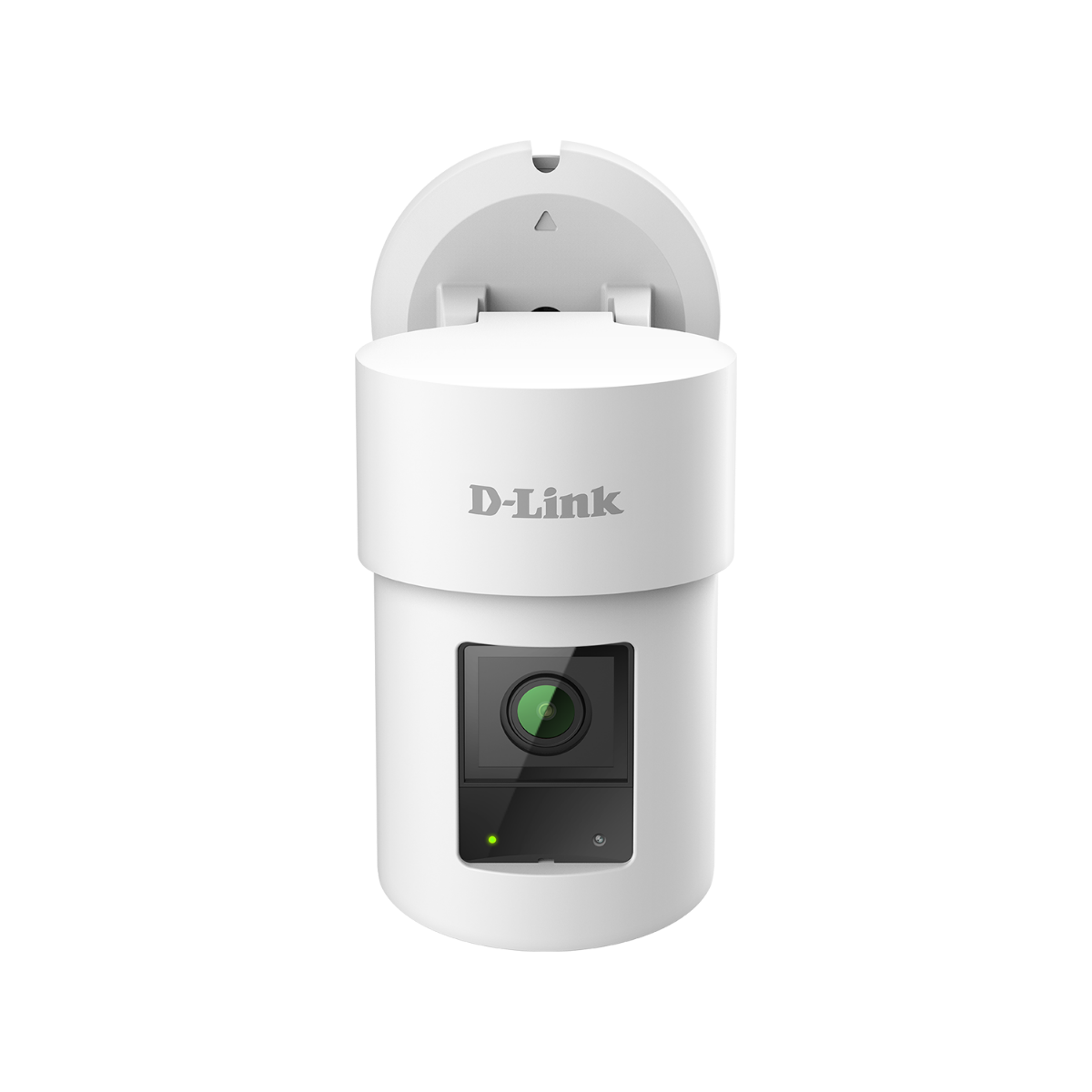
The D-LINK QHD OUTDOOR CAMERA DCS-8635LH is a weather-resistant surveillance camera that captures high-quality QHD footage with a 2560 x 1440 pixels resolution. It features advanced motion detection technology, night vision capabilities, and two-way audio communication, making it a reliable and effective option for outdoor security.
4. FHD (Full HD)
FHD (Full HD) CCTV cameras offer a 1920 x 1080 pixels resolution, providing a clear and detailed video feed that captures accurate images and color representation. FHD cameras suit most home and business security needs, delivering a high-quality video feed that ensures reliable surveillance and monitoring. With FHD CCTV cameras, you can enjoy clear and crisp images, making it easier to identify potential threats and take action to ensure the safety of your property and assets.
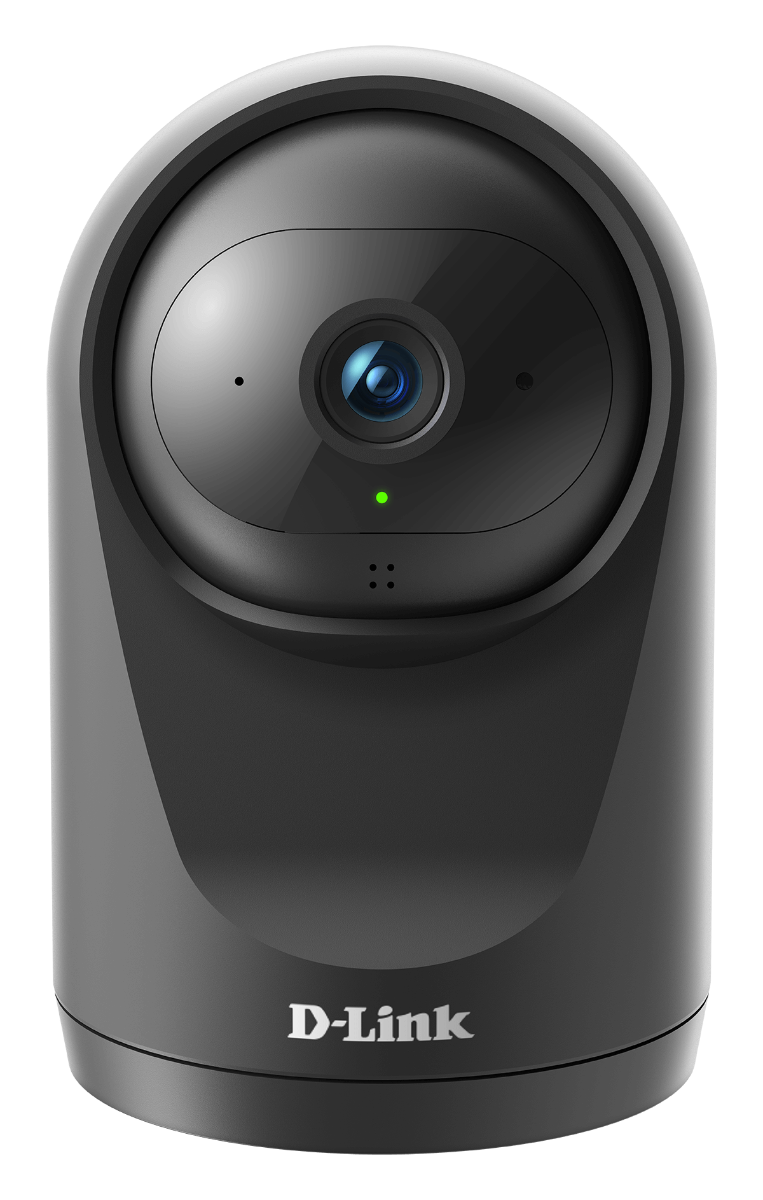
The D-LINK FHD PTZ WIFI CAMERA DCS-6500LH is a versatile surveillance camera that captures clear and detailed Full HD footage with a 1920 x 1080 pixels resolution. It features Pan-Tilt-Zoom functionality, remote access features, and advanced motion detection technology, making it a reliable and effective option for monitoring a variety of indoor spaces.
IV. Consider Night Vision Technology
Night vision technology allows CCTV cameras to capture clear images in low-light or complete darkness. This feature is crucial for providing effective surveillance during most criminal activities during nighttime. Two primary types of night vision technology are used in CCTV cameras: infrared (IR) and starlight.
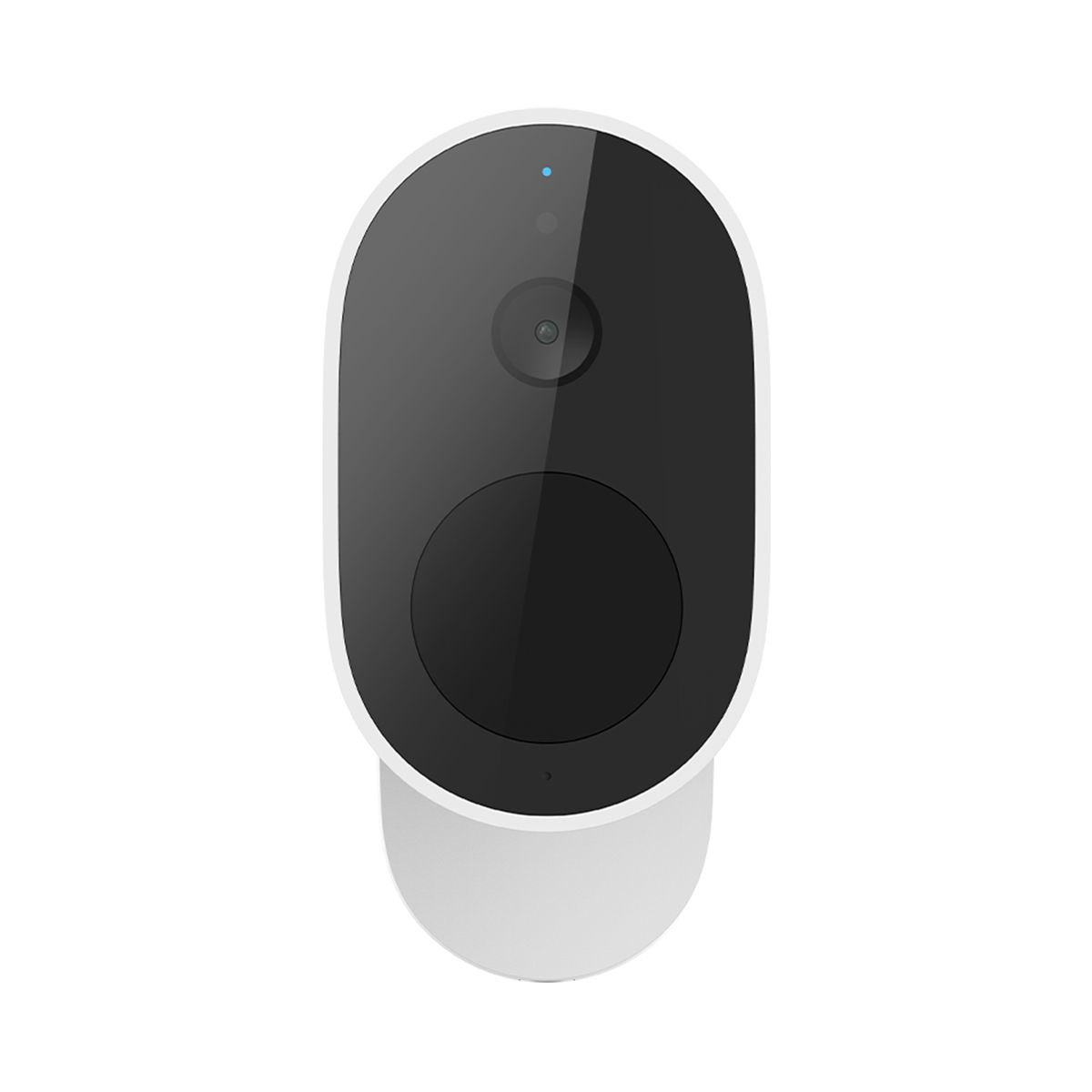
The XIAOMI OUTDOOR IP CAMERA BHR4433GL is a durable and weather-resistant surveillance camera that captures high-quality Full HD footage with a 1920 x 1080 pixels resolution. It features advanced motion detection technology, night vision capabilities, and remote access features, making it an ideal option for outdoor security needs.
Different Night Vision CCTV Options Available At Gain City
1. Infrared (IR) Night Vision
Infrared night vision uses IR LEDs that emit infrared light. It is invisible to the human eye. The camera's sensor picks up the reflected infrared light from objects within its field of view and converts it into a visible image. Most IR cameras produce black-and-white images in night vision mode.
1.1. Pros
- Reliable performance in complete darkness.
- Wide range of IR cameras available in the market.
- Usually more affordable than starlight cameras.
1.2. Cons
- Limited range compared to starlight cameras.
- Image quality may be lower than that of starlight cameras.
- Infrared light can sometimes cause reflections or glare in certain conditions.
2. Starlight Night Vision
Starlight cameras utilize ultra-sensitive image sensors that can capture color images in extremely low-light conditions without the need for infrared illumination. These cameras can produce detailed images even under moonlight or ambient street lighting.
2.1. Pros
- Better image quality than IR cameras in low-light conditions.
- Can capture color images in low-light situations.
- More extended range compared to IR cameras.
2.2. Cons
- Typically more expensive than IR cameras.
- It may require some ambient light to function effectively.
V. Storage Options
There are two primary storage options for CCTV cameras: local and cloud. Both options have advantages and disadvantages, and choosing the right one depends on your needs and preferences.
1. Local Storage
Local storage involves storing recorded footage on physical devices, such as Network Video Recorders (NVRs), Digital Video Recorders (DVRs), or SD cards within the camera.
1.1. Pros
- One-time equipment cost, no ongoing subscription fees.
- Allows for complete control over your data and its privacy.
- Generally provides faster access to stored footage.
- Works without an internet connection.
1.2. Cons
- Limited storage capacity; may require upgrading or replacing storage devices when full.
- Susceptible to theft, damage, or hardware failure.
- Requires manual management, such as deleting old footage or backing up data.
- Remote access may be more limited or complex compared to cloud storage.
2. Cloud Storage
Cloud storage involves uploading recorded footage to a remote server maintained by a third-party provider. This method allows you to access and manage your video footage via an internet connection, web browser, or mobile app.
2.1. Pros:
- Easy remote access and sharing of footage from any device with an internet connection.
- Unlimited storage capacity, depending on the subscription plan.
- Data is protected from theft, damage, or hardware failure.
- The cloud storage provider provides automatic backups and updates.
2.2. Cons:
- Requires a stable and high-speed internet connection for optimal performance.
- Ongoing subscription fees for storage and additional features.
- Privacy concerns due to data stored on third-party servers.
- It may consume a significant amount of bandwidth, affecting other internet activities.
VI. Remote Viewing
Remote viewing technology allows users to access and monitor their CCTV cameras from anywhere using an internet connection. This feature provides real-time surveillance, playback of recorded footage, and the ability to control certain camera functions remotely. Remote viewing is typically enabled through dedicated mobile apps, web interfaces, or third-party software.
How remote viewing works in CCTV cameras:
1. Network Connectivity
CCTV cameras will be connected to the internet through a wired Ethernet or Wi-Fi. This allows the camera to send video feeds and receive commands from remote devices.
2. Camera Configuration
The camera's settings will be configured to enable remote access. This may include setting up a unique IP address, enabling remote viewing options, and configuring port forwarding on your router, if necessary.
3. User Authentication
To ensure secure access, users must authenticate themselves by providing a username and password or using other security measures such as two-factor authentication.
4. Remote Access Software/App
Most CCTV camera manufacturers provide mobile apps or web interfaces that allow users to access their cameras remotely. Alternatively, third-party software can be used for remote viewing and control.
Different Remote Viewing Options:
1. Mobile Apps
Many CCTV camera manufacturers offer dedicated mobile apps for Android and iOS devices, allowing users to view live footage, playback recorded videos, and control camera functions such as pan, tilt, and zoom.
2. Web Browsers
Some CCTV systems provide a web interface that can be accessed through popular web browsers like Chrome, Firefox, or Safari. This option allows users to monitor their cameras from any device with internet access, including desktop computers, laptops, and tablets.
3. Third-Party Software
Various third-party software solutions from multiple manufacturers are available that support remote viewing and control of CCTV cameras. These programs can offer advanced features and greater customization but may require more technical expertise to set up and use.
VII. Consider Motion Detection Technology
Motion detection technology in CCTV cameras helps identify and record movements within the camera's field of view. This feature can save storage space, conserve energy, and provide real-time alerts when detecting motion. Motion detection typically works using one of the following methods: Passive Infrared (PIR), Video Motion Detection (VMD), or Artificial Intelligence-based (AI) algorithms.
1. Passive Infrared (PIR) Motion Detection:
PIR motion detectors rely on sensing the infrared energy emitted by warm objects, such as humans or animals. When a warm object moves within the camera's field of view, the sensor detects the change in infrared energy and triggers an alert or recording.
1.1. Pros:
- Low false alarm rate, as it detects heat signatures instead of visual changes.
- Energy-efficient and reliable.
1.2. Cons:
- Limited range compared to other motion detection methods.
- May not detect objects with minimal temperature differences from the surroundings.
2. Video Motion Detection (VMD):
VMD analyzes consecutive video frames to identify changes in pixel patterns, which can indicate movement within the camera's field of view. When motion is detected, the camera can send alerts, start recording, or perform other actions as configured.
2.1. Pros:
- Works with most camera types and resolutions.
- It can be adjusted to varying sensitivity levels to reduce false alarms.
2.2. Cons:
- Susceptible to false alarms caused by changes in lighting, shadows, or small movements such as leaves blowing in the wind.
- It may require more processing power and bandwidth compared to PIR.
3. Artificial Intelligence (AI)-based Motion Detection:
AI-based motion detection uses advanced algorithms and machine learning to analyze video feeds for motion while differentiating between objects, such as humans, animals, and vehicles. This method can significantly reduce false alarms and provide more accurate motion detection.
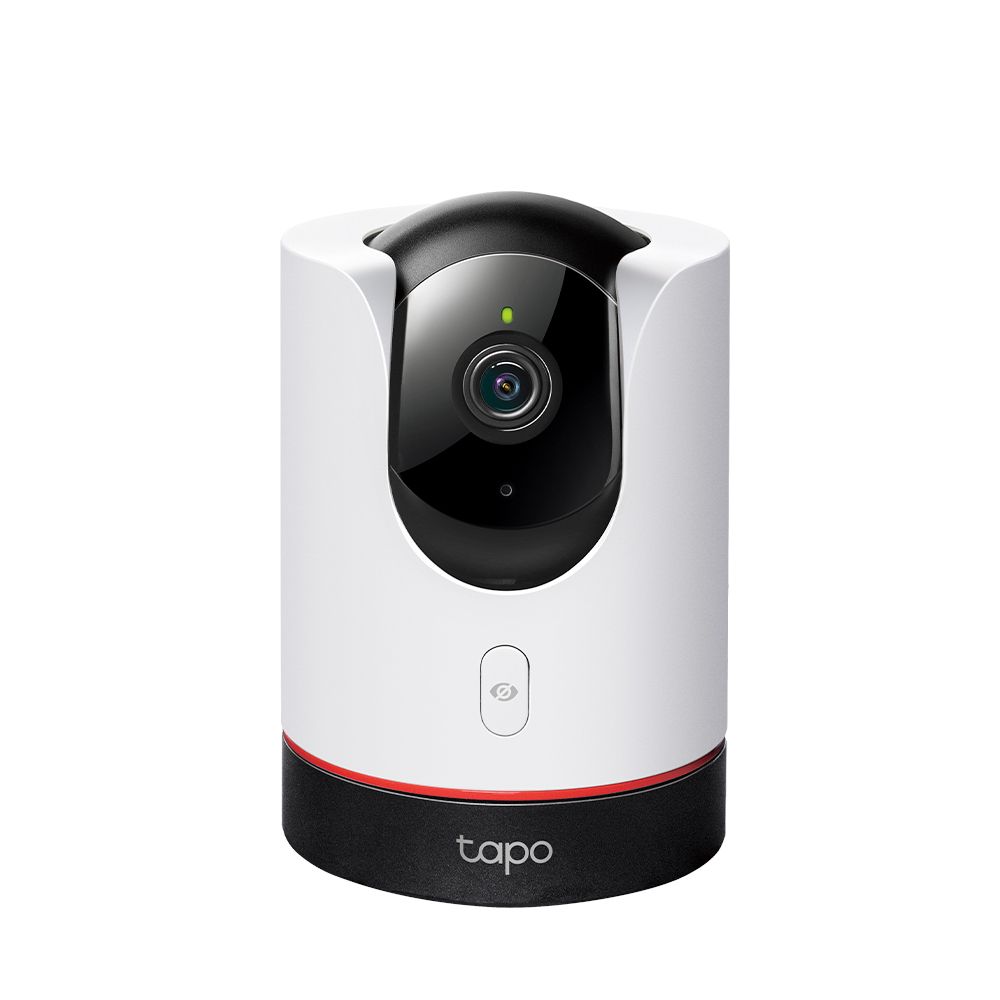
The TP-LINK PAN/TILT 2K IP CAMERA TPL-TAPO-C225 is a versatile surveillance camera that captures high-quality 2K QHD footage with a 2304 x 1296 pixels resolution. It features Pan-Tilt-Zoom functionality, night vision capabilities, and two-way audio communication, making it a reliable and effective option for monitoring a variety of indoor spaces.
3.1. Pros:
- Highly accurate motion detection with minimal false alarms.
- Can classify and identify different types of objects.
- AI-based motion detection allows for advanced facial recognition or object-tracking features.
3.2. Cons:
- Typically more expensive than other motion detection methods.
- It requires more processing power and may consume more bandwidth.
VIII. Audio Recording
The audio recording in CCTV cameras involves capturing sound and video footage. This feature can provide valuable context and evidence in security situations, enhance communication, and improve overall surveillance capabilities. The audio recording in CCTV cameras typically works using one of the following methods: built-in microphones, external microphones, or two-way audio communication.
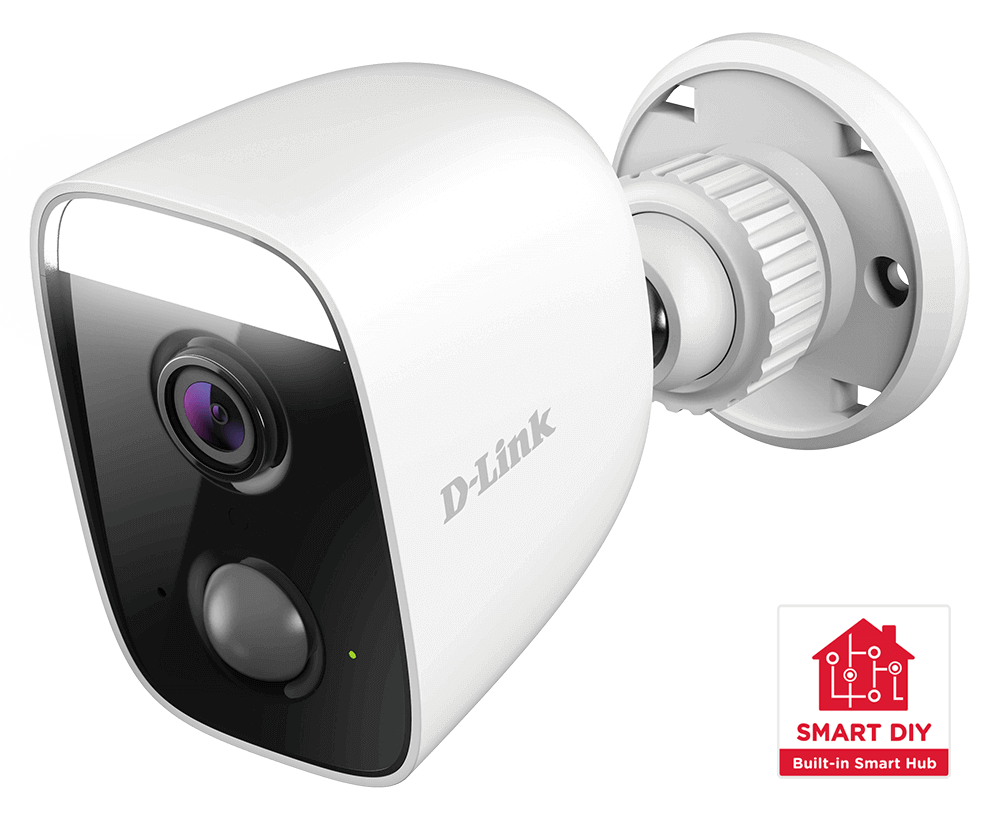
The D-LINK FHD OUTDOOR CAM DCS-8630LH is a weather-resistant surveillance camera that captures clear and detailed Full HD footage with a 1920 x 1080 pixels resolution. It features advanced motion detection technology, night vision capabilities, and two-way audio communication, making it a reliable and effective option for outdoor security.
1. Built-in Microphones:
Some CCTV cameras have built-in microphones, which capture audio from the surrounding environment. This audio is then synchronized with the video feed and stored together as a single file.
1.1. Pros:
- The simplified installation process, as no additional equipment is required.
- Compact and discreet since the microphone is integrated into the camera.
1.2. Cons:
- It may have limited audio quality compared to external microphones.
- Limited flexibility in microphone placement.
2. External Microphones:
External microphones can be connected to CCTV cameras that support audio input. These microphones offer better audio quality and flexibility in the placement, allowing users to optimize sound capture according to their needs.
2.1. Pros:
- Improved audio quality compared to built-in microphones.
- Greater flexibility in microphone placement.
- It can be used with specialized microphones, such as noise-canceling or long-range microphones.
2.2. Cons:
- It requires additional installation and cabling.
- It may be more visible and less discreet than built-in microphones.
3. Two-way Audio Communication:
Some CCTV cameras support two-way audio communication, allowing users to both listen to and speak through the camera remotely. This feature can help interact with people at the monitored location, such as delivery personnel, guests, or intruders.
3.1. Pros:
- It enables real-time communication with people at the monitored location.
- It can be used for deterrence, as intruders may be startled by a voice from the camera.
3.2. Cons:
- It requires an internet connection for remote communication.
- It may not be suitable for all surveillance situations due to privacy concerns.
IX. Weather Resistance
Weather resistance is a crucial factor when selecting outdoor CCTV cameras, as it ensures the cameras can withstand various environmental conditions and continue to function effectively. Outdoor cameras are exposed to rain, snow, extreme temperatures, and dust, which can damage or impair performance.
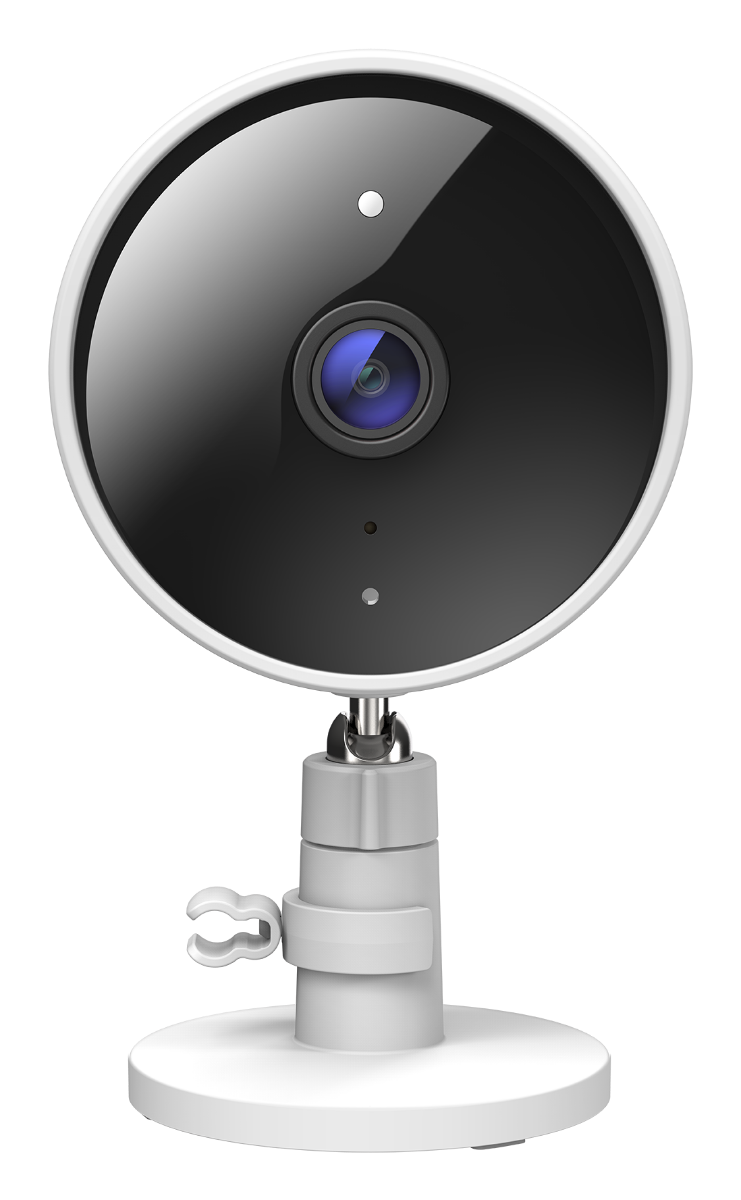
The D-LINK OUTDOOR WIFI IP CAMERA DCS-8302LH is a durable and weather-resistant surveillance camera that captures high-quality Full HD footage with a 1920 x 1080 pixels resolution. It features advanced motion detection technology, night vision capabilities, and two-way audio communication, making it an ideal option for outdoor security needs.
Different Weather Resistance Options:
A. Ingress Protection (IP) Rating:
An IP rating is an international standard that classifies the degree of protection provided by a camera's enclosure against solid particles (e.g., dust) and liquids (e.g., water).
An IP66-rated camera offers complete protection against dust ingress and strong water jets from any direction. Generally, an IP rating of IP65 or higher for outdoor CCTV cameras is recommended to ensure sufficient protection against dust and water.
B. Temperature Resistance:
Outdoor CCTV cameras should be designed to withstand a wide range of temperatures, especially if they are installed in areas with extreme climates. Many outdoor cameras are specified with operating temperature ranges, such as -20°C to 50°C (-4°F to 122°F) or -30°C to 60°C (-22°F to 140°F), which ensures they can function effectively in various conditions.
C. UV and Corrosion Resistance:
Outdoor cameras are exposed to sunlight, which can cause damage over time due to ultraviolet (UV) radiation. Selecting a camera with UV-resistant materials can help prevent degradation and extend the camera's lifespan. Additionally, cameras installed in coastal areas or other corrosive environments should be made from materials resistant to corrosion, such as stainless steel or specially coated aluminum.
D. Vandal Resistance:
Outdoor CCTV cameras may be targeted by vandals attempting to damage or disable the camera. Vandal-resistant cameras are built with durable materials, such as metal housings, and may include features like impact resistance and tamper detection to minimize the risk of vandalism.
X. Professional Installation
Professional installation for CCTV cameras can provide several benefits that ensure your security system is set up correctly, optimized for your specific needs, and functions effectively over the long term. Some of these benefits include:
1. Efficient cable management
Professionals can handle cable routing and connections, ensuring a neat and organized installation that reduces the risk of damage or disconnections.
2. Optimal system configuration
Expert installers can configure your CCTV system's settings for optimal performance, including motion detection, resolution, frame rate, and storage management.
3. Technical troubleshooting
If any issues arise during the installation, professionals can quickly identify and resolve them, saving you time and effort.
4. Security and Compliance
Professional installers can help ensure your CCTV system adheres to local regulations and privacy laws, reducing the risk of potential legal issues.
5. Training and Support
After the installation, professionals can guide how to use and maintain your CCTV system, ensuring you get the most out of your investment.
6. Proper Camera placement
Professional installers have the skills and experience to identify the best camera locations, considering factors such as field of view, lighting conditions, and potential obstacles.
Gain City Delivery and Installation
Following MTI guidelines, Gain City's delivery personnel must leave the premises once the items are placed. The staff observes and adheres to stringent hygiene and safe distancing practices when on-site installation is necessary. Free delivery is available for online orders above $180, while orders below this amount are subject to a nominal fee of $10 for delivery.
After the customer places an order on the Gain City website and confirms payment, their customer service officers will process it within 72 hours. Any orders received after 6 pm on Fridays will be processed the following Monday.
Delivery will be scheduled when Gain City's Own Fleet or Installation Service is required. However, due to stock availability across our different showrooms, 3-5 working days may be needed to prepare the item for store collection (only applicable to 4 main showrooms) or shipping out.
Gain City offers three delivery schemes: agent delivery for items that require installation services provided by distributors or principals, Gain City delivery for larger items that require basic installation services by our staff, and standard delivery for smaller items via our appointed 3rd party courier service partner. Additionally, same-day delivery is available for orders placed between 12 am to 4 pm, with delivery before 10 pm.
Conclusion
Choosing a CCTV camera for your home is crucial to your security and peace of mind. Considering the ten factors discussed in this guide, you can decide to meet your needs.
Gain City offers a wide range of CCTV cameras with advanced features, high resolutions, and reliable performance. Whether you need an indoor or outdoor CCTV system, we have you covered.
So, take the time to research your options and choose a CCTV camera that provides the best protection and surveillance for your home. With Gain City's comprehensive selection of CCTV cameras, you can rest assured that your property and loved ones are safe and secure, even when you're away.

